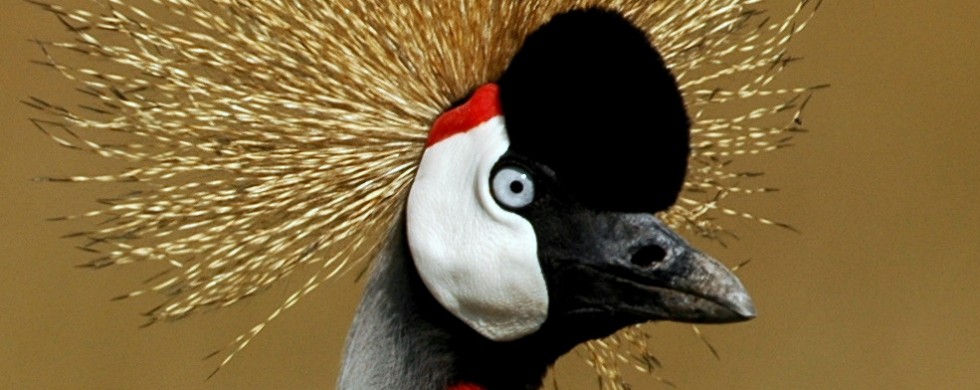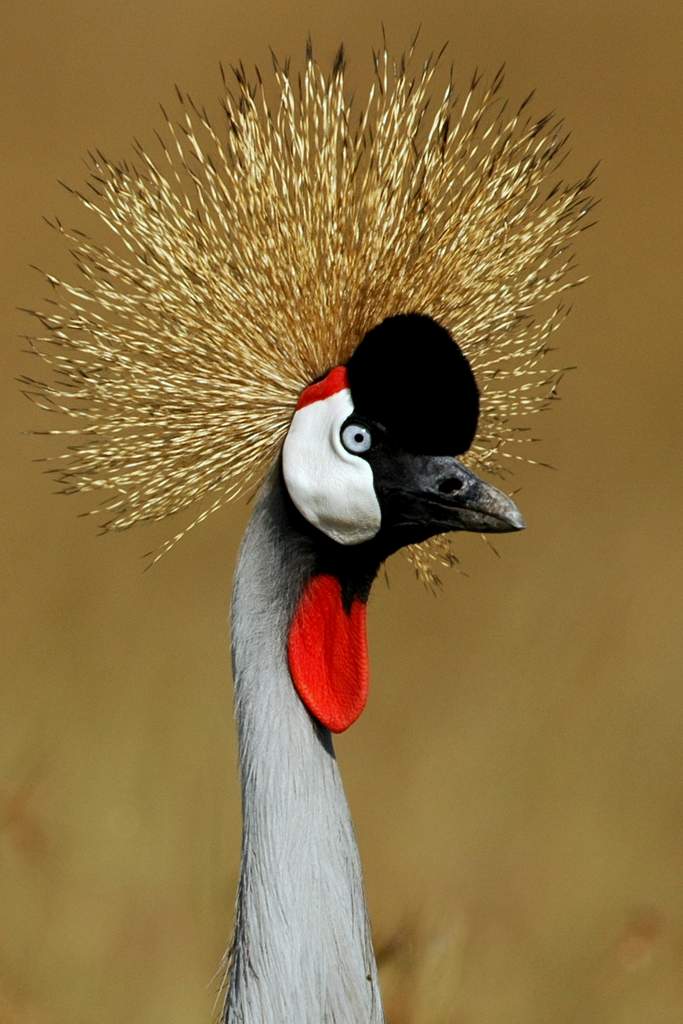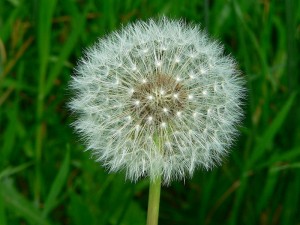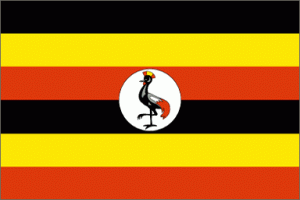
31
2013Crowned Crane
Shot of the Month – August 2013
 This month a look at the Grey Crowned Crane (aka, the Crested Crane), the seemingly dandelion-inspired, dancing dandy of the avian world.
This month a look at the Grey Crowned Crane (aka, the Crested Crane), the seemingly dandelion-inspired, dancing dandy of the avian world.
Dandelion: The golden crown on top is a sight to behold, especially when the sun hits it just right, and gives the bird a slightly crazed, mad hatter look. Gaze closely and you will see that each feather of the crown is dipped in black.
Dancing: When breeding the Crowned Cranes can put on quite a display called a “nuptial dance.” Their dance includes much bobbing, bowing, spreading of wings, and jumping to great effect. Here is a not-great-but-best-I-could-find video that gives you a sense of what the bird looks like when s/he busts a move.
Dandy: The Crowned Crane is a looker — she can stand three feet tall adorned in a lovely pearl grey body suit while the wings are mostly white but can include brown and golden feathers. The head is a stunning mix of white, red, and black.
Other Fun Grey Crowned Crane (GCC) Facts:
1. GCCs are the official bird of Uganda and can be found on the national flag. Its plumage contains the three colors of the Ugandan flag. Black identifies Uganda as a black nation in Africa. Yellow represents the abundant sunshine Uganda enjoys being situated on the equator. Red represents Uganda’s brotherhood with the rest of Africa and the world. (source)
2. As you may have gathered, GCCs are found in Africa. Two subspecies exist: the East African Crowned Crane and the South African Crowned Crane. The eastern lot can be found in Uganda, Kenya to Northern Zimbabwe. The southern crew can be found in Angola, Namibia, Botswana, Zimbabwe, and South Africa.
3. There are 15 species of cranes in the world — only 2 of those species can roost in trees. The GCC has long hind toes that give it the grip to be part of that elite group. (The Black Crowned Crane is the other)
4. GCCs do not migrate.
5. GCCs can live up to 22 years in the wild they seem to mate with the same partner for life.
6. While the population of GCCs is still fairly robust, the trend is dire. In the last 20 years, the population has dropped in half due to loss of habitat and the increased use of pesticides. In 2012 the GCC’s conservation status was downgraded from Vulnerable to Endangered (only 2 steps away from extinction)
Here’s hoping for a continued long reign for the crowned crane…

